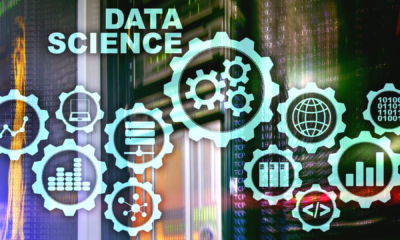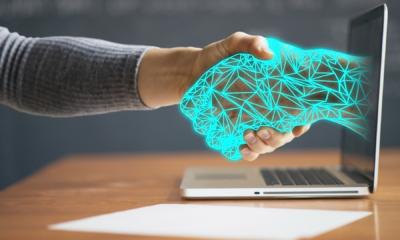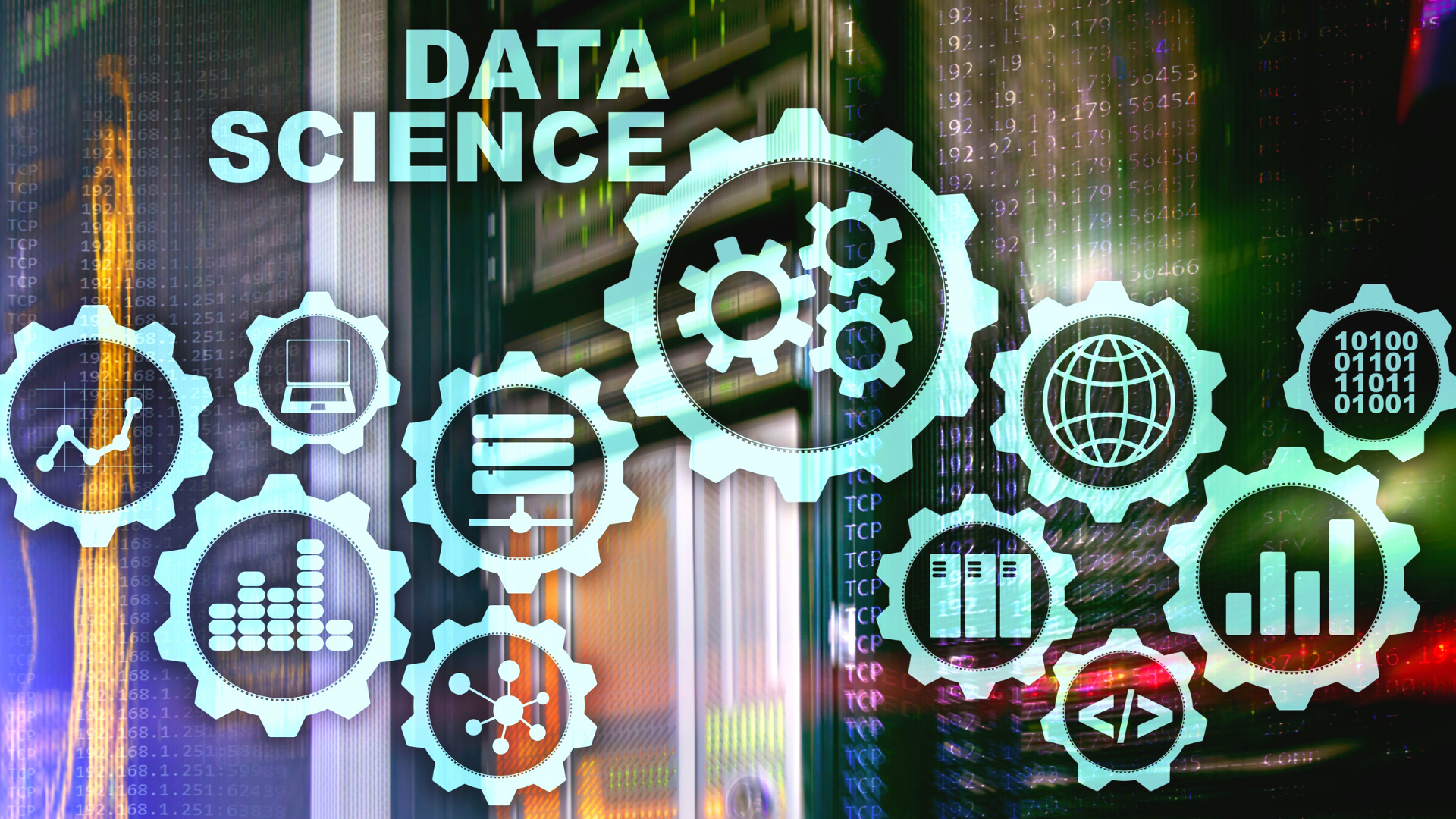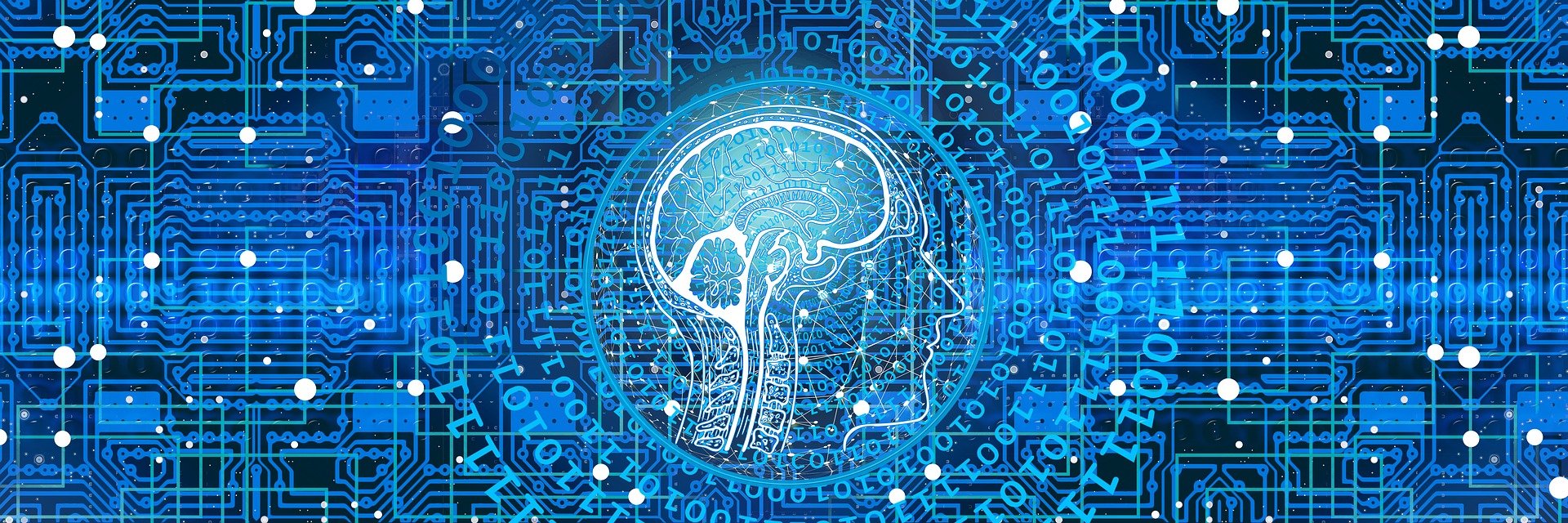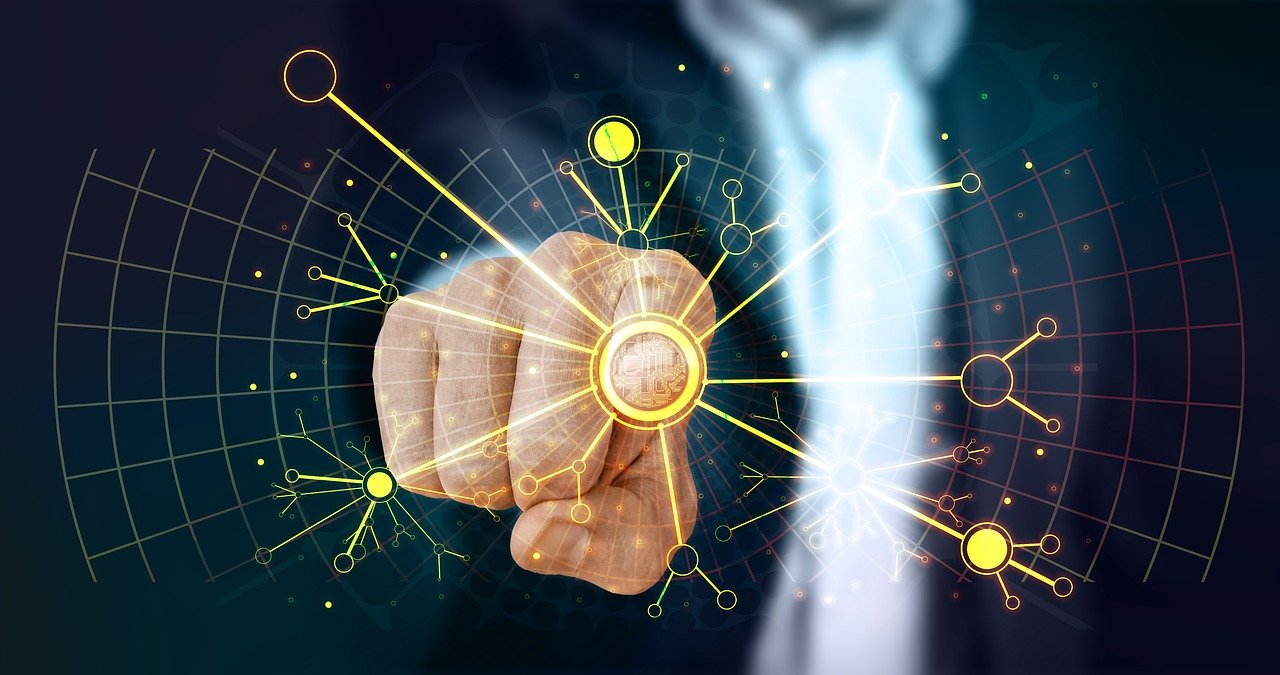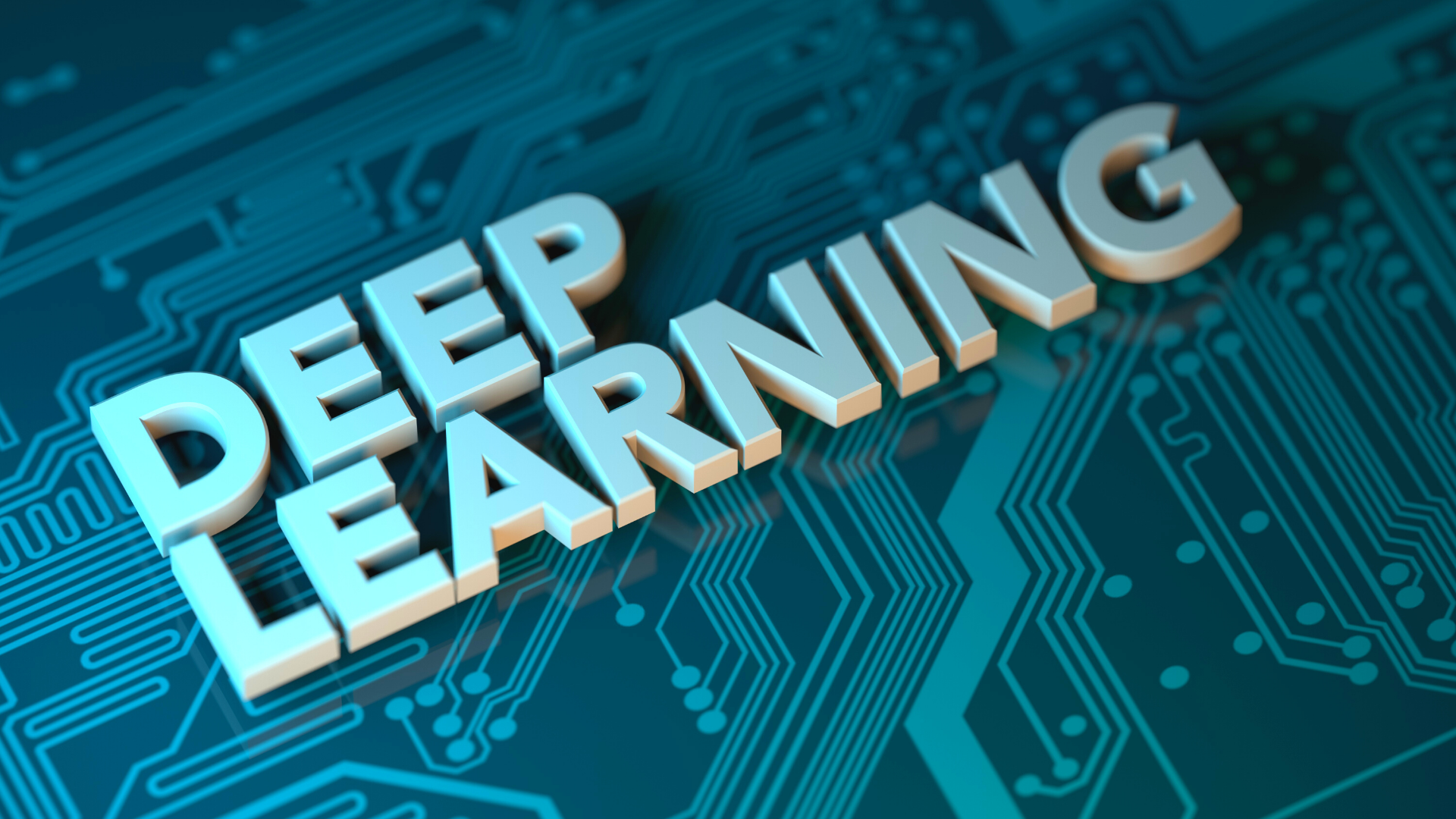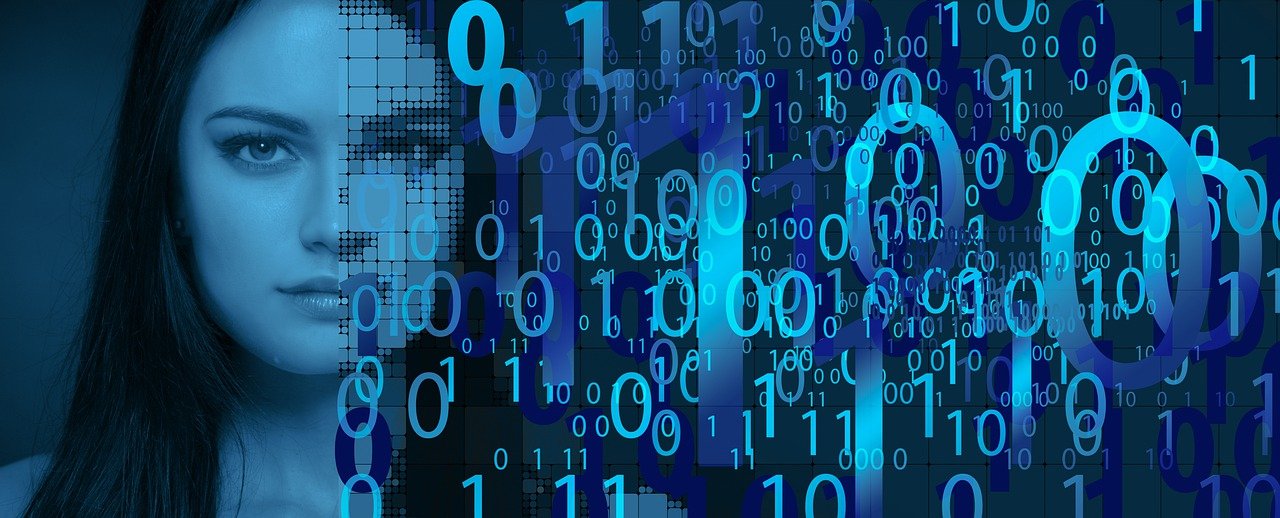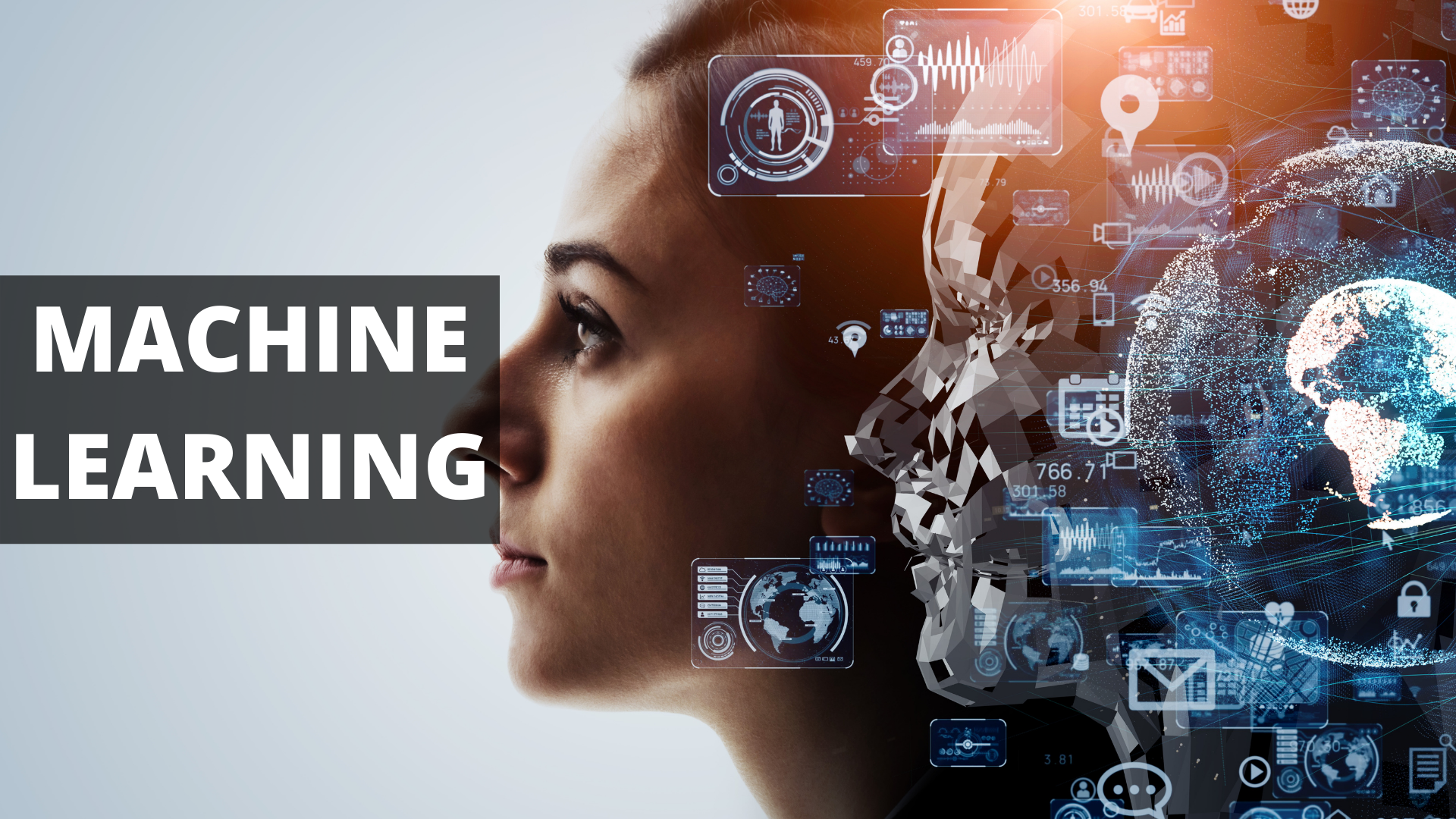Machine learning(ML) is a subset of artificial intelligence (AI) and it’s all about getting computers to do things. Specifically,
it’s about getting computers to make decisions and respond to inputs without being explicitly programmed for every eventuality.
Machine learning is everywhere, from optimizing your Google search results to scanning your Facebook News Feed
for posts that might interest you. It’s the technology that keeps spam out of your email inbox and helps power self-driving cars.
It’s used in all sorts of industries like healthcare and finance.
Machine learning has many potential benefits, but it also has many limitations
. ML can be used for any task where data can be converted into numbers (e.g., sentiment analysis). Machine Learning algorithms
are typically used when there is not enough information to train a system via hand-coding.
This blog will introduce you to some basic machine learning concepts and show how they work in practice through code examples.
Introduction
Machine Learning is a set of techniques that allow computers to learn from data without being explicitly programmed.
To illustrate the idea, we pose an example: imagine we have software that can diagnose diseases. If we give it several symptoms and corresponding disease names, it can infer which disease matches with which symptom. In this case, the machine learning algorithm has been taught by human experts how to make this inference.
There are two steps in machine learning: training and application. In the training phase, the system learns from a set of data (e.g., images) by extracting patterns and generating rules about the domain (e.g., classify new images). The result of this process is a program that can then be applied to new data to generate predictions or inferences about them.
What are its advantages?
Machine Learning has many potential benefits, but it can also have some limitations.
The theory behind Machine Learning is that the computer will be able to learn from experience and make decisions on its own. For example, an algorithm may predict the next word in a sentence (a sentiment analysis task), and then compare its prediction against the actual word to improve its accuracy.
It is possible that there may be situations where it is not clear what action should be taken, or that we do not have enough information to hand-code a system to make this decision.
In such cases, using Machine Learning can help us automate some of these decisions. For example, when we want our system to classify an email as spam or not spam, we do not need all the context—we just need enough data so that we can train our system with examples of spam and not spam emails.
Similarly, if we want our system to identify objects in an image (e.g., dogs), we will only need a set of images with various kinds of dogs in them. Once we have identified which kinds of dogs belong in each category, we could then tell the machine learning algorithm which dog belongs where so it can accurately identify other images.
What are its limitations?
Machine Learning algorithms are typically used when there
is not enough information to train a system via hand coding.
Machine learning is an area where data can be
converted into numbers (e.g., sentiment analysis).
The most popular example of ML is the use of classification and regression models, which can automatically classify or predict labels or numerical values.ML algorithms are computationally intensive and often require large datasets to work well.
ML algorithms often require a lot of computing power and large datasets to work well.
How does it work in practice?
The first step to using ML is to collect data from your system. The data should be representative of the kind of data you want to learn from.
For example, if you want the computer to learn the sentiment of reviews about
a product, you will need a set of reviews
positive or negative sentiment.
After you have collected data,
in a way that the machine learning algorithm can understand.
There are many different algorithms and each one takes several types of input, so make sure that your desired algorithm can work with your raw data before proceeding further!
One straightforward way to format your raw data for a machine learning algorithm is through two separate files. One file containing values from 0-1 and another file containing the actual labels. In this case, each row would contain an item from the review’s dataset followed by its corresponding sentiment value (0 or 1). So, the first row might look like this:
Example:
“I love this necklace!”
1
“Lovely looking pendant.” 0
Conclusion
This is all about Machine learning and its advantages, Limitations
and further understanding of the current Technology.
Here are some of the articles related to artificial Intelligence


 DIGITAL MARKETING2 years ago
DIGITAL MARKETING2 years ago
 MOTIVATION2 years ago
MOTIVATION2 years ago
 HOME IMPROVEMENT2 years ago
HOME IMPROVEMENT2 years ago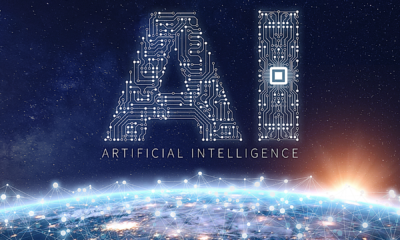
 TECHNOLOGY2 years ago
TECHNOLOGY2 years ago
 BUSINESS2 years ago
BUSINESS2 years ago
 EDUCATION2 years ago
EDUCATION2 years ago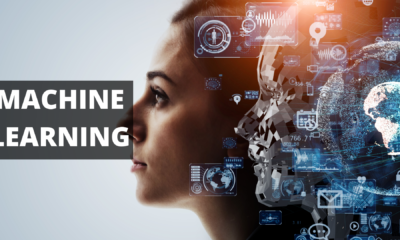
 TECHNOLOGY2 years ago
TECHNOLOGY2 years ago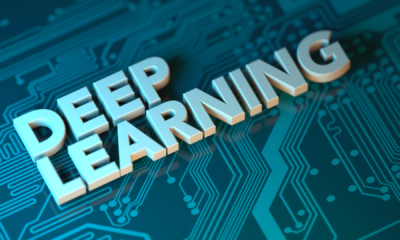
 TECHNOLOGY2 years ago
TECHNOLOGY2 years ago


